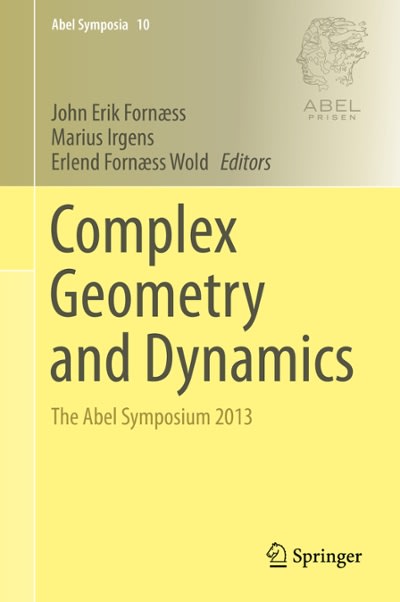Question
Consider the following hypothetical situation at a hypothetical college. Thirty percent of all math majors become computer science majors after one year. Another 60% become
Consider the following hypothetical situation at a hypothetical college. Thirty percent of all math majors become computer science majors after one year. Another 60% become physics majors after one year. After a year, 70% of the physics majors become math majors and 10% of the physics majors become computer science majors. In contrast to the other departments, computer science students are usually very happy: only 20% of them become math majors and 20% become physics majors after a year.
(a) Draw a graph that describes the situation.
(b) Give the corresponding adjacency matrix. Notice that it is a doubly stochastic matrix.
(c) Consider three students. If each student is majoring in one of these three areas, indicate the student's probable major after 2 and 4 years. For example, if a student is majoring in Math, what is the probability that he ended up majoring in CS or Phys in 2 and 4 years. Calculate the same probability of a student majoring in Physics or CS.
Step by Step Solution
There are 3 Steps involved in it
Step: 1

Get Instant Access to Expert-Tailored Solutions
See step-by-step solutions with expert insights and AI powered tools for academic success
Step: 2

Step: 3

Ace Your Homework with AI
Get the answers you need in no time with our AI-driven, step-by-step assistance
Get Started


